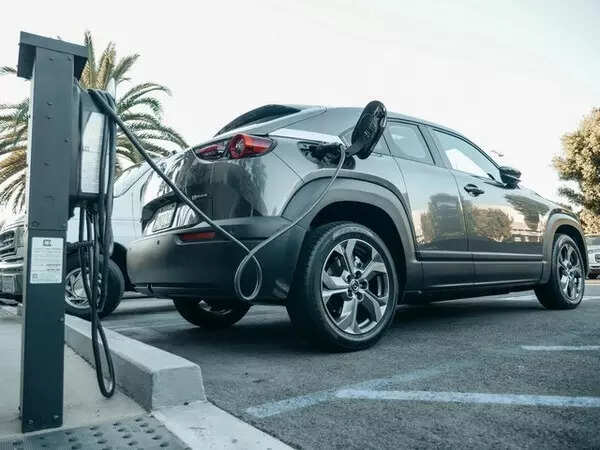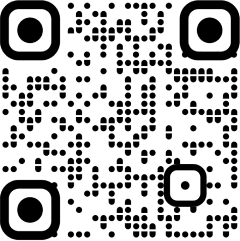
New Delhi: To comply with the power department’s directive to find ways to reduce carbon emissions, the power distribution companies (discoms) will explore a technology that will enable the bidirectional flow of energy between electric vehicles (EVs) and the power grid, enabling car owners to sell electricity stored in their vehicles back to the grid, similar to the rooftop solar power scheme.
The vehicle-to-grid (V2G) technology project will delve into the potential of EVs to deliver crucial grid services such as frequency and voltage support. It will also assess their feasibility as backup power sources during peak demand periods. “This implies energy can be stored and discharged through an EV, along with its other benefits,” said a discom official.
“BSES Rajdhani Power Limited and BSES Yamuna Power Limited have signed an MoU with the India Smart Grid Forum on a collaboration on V2G projects in south and east Delhi,” said a BSES official. ISGF will be responsible for implementing this project, working in partnership with the University of Delaware, US, to pilot the initiative.
The V2G project will showcase the capabilities and advantages of the technology and its potential to revolutionise the power sector while simultaneously reducing carbon emissions within the transportation and energy industries, according to the official. Another official added that the project will also demonstrate how EVs can participate in the power market by storing electricity when prices are low and selling it back during peak hours.
In addition, the official added, “the project will also test the feasibility of charging EVs with green electricity”.
Through V2G technology, all participating EV vehicle owners can charge their vehicles during off-peak hours and sell the stored power when their vehicle is not in use — even during periods of peak power demand — and earn incentives as decided by Delhi Electricity Regulatory Commission. “This is pretty much like selling surplus rooftop power to the grid and earning incentives,” the official said.
V2G technology is expected to help discoms manage power demand more efficiently, help avoid additional power purchases during peak hours, provide stability to the grid and offer an additional layer of backup to critical installations. Additionally, widespread implementation of this technology would contribute to a sustainable energy ecosystem by integrating renewable energy sources.
“By enabling EVs to interact seamlessly with the power grid, we are exploring new paradigms of energy use that benefit both our consumers and the environment,” the BSES official said.

